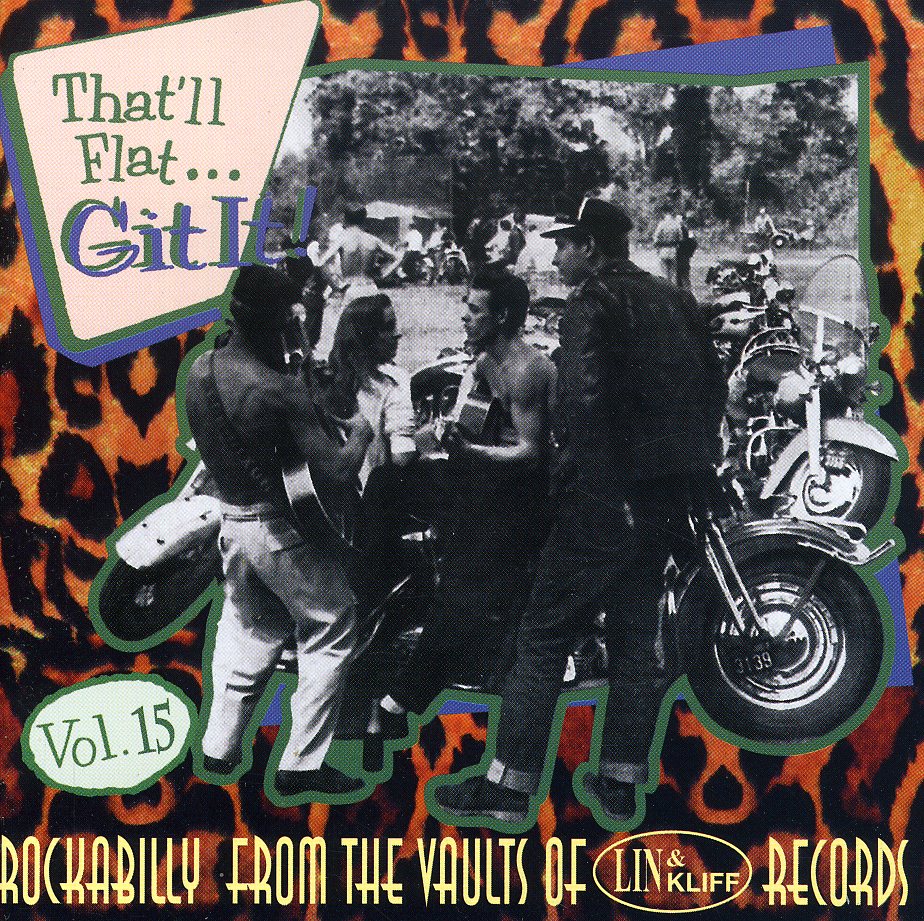
Giangreco, D. M.
Following years of intense research at numerous archives, Giangreco now paints a convincing and horrific picture of the veritable hell that awaited invader and defender. In the process, he demolishes the myths that Japan was trying to surrender during the summer of 1945 and that U.S. officials later wildly exaggerated casualty figures to justify using the atomic bombs to influence the Soviet Union. As Giangreco writes, "Both sides were rushing headlong toward a disastrous confrontation in the Home Islands in which poison gas and atomic weapons were to be employed as MacArthur's intelligence chief, Charles Willoughby, succinctly put it, 'a hard and bitter struggle with no quarter asked or given.'"
Hell to Pay examines the invasion of Japan in light of the large body of Japanese and American operational and tactical planning documents the author unearthed in familiar and obscure archives. It includes postwar interrogations and reports that senior Japanese commanders and their staffs were ordered to produce for General MacArthur's headquarters. This groundbreaking history counters the revisionist interpretations questioning the rationale for the use of the atomic bomb and shows that President Truman's decision was based on real estimates of the enormous human cost of a conventional invasion.
This revised edition of Hell to Pay expands on several areas covered in the previous book and deals with three new topics: U.S.-Soviet cooperation in the war against Imperial Japan; U.S., Soviet, and Japanese plans for the invasion and defense of the northernmost Home Island of Hokkaido; and Operation Blacklist, the three-phase insertion of American occupation forces into Japan. It also contains additional text, relevant archival material, supplemental photos, and new maps, making this the definitive edition of an important historical work.
member goods
listens & views

GENTELMEN OF JAZZ: TRIBUTE TO ...
by GENTELMEN OF JAZZ: TRIBUTE TO GEORGE / VARIOUS
COMPACT DISCout of stock
$13.99






